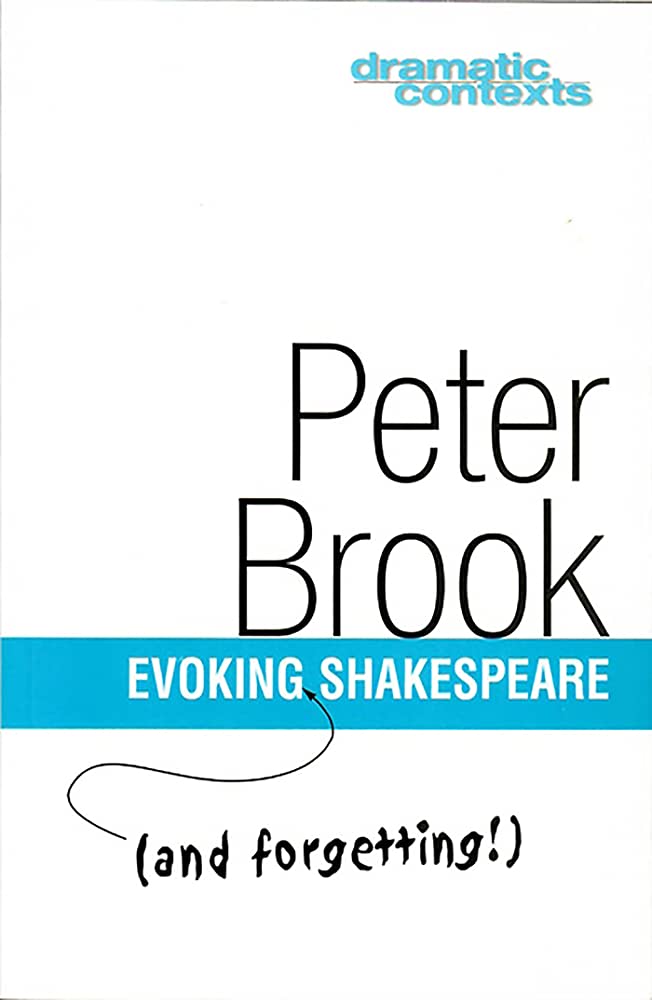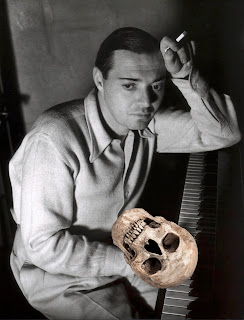Snider, Denton Jaques.The Shakespeariad: The Poetric Evolution of Shakespeare. St. Louis: The William Harvey Miner Co., Inc., 1916.
———.The Shakespeariad: A Dramatic Epos. St. Louis: The William Harvey Miner Co., Inc., 1923.
If you grew up in St. Louis and went to the headquarters branch of the St. Louis County Library, the term
H+ may have a special resonance for you.
H is the code for
Headquarters—a book with an
H on its card catalogue listing or on a sticker on its spine would be shelved in the open stacks of Headquarters.
H+ was for those books that weren't shelved openly. You had to ask a librarian in person for an
H+ book, which could be embarrassing because
H+ books were the kind of books that maybe not everyone should read.
In "Murder at Pentecost," one of Dorothy L. Sayers' Montague Egg stories, we learn that some books in the Bodleian Library are classified as Phi books (with the Greek letter Φ). Here's how one character explains the classification: "A Phi book . . . is a book deemed by Bodley's Librarian to be of an indelicate nature, and catalogued accordingly, by some dead-and-gone humorist, under the Greek letter phi."
That was H+, and it was always with a mixture of excitement and embarrassment that I passed my request slip to the librarian on duty. Quick Note: The books I was requesting weren't that indelicate. They were usually older novels translated into English.
But not all H+ books were indelicate. Some were H+ for storage reasons. These were the books that not very many people would grab off a shelf if they spotted it. And that was the majority of the H+ books I requested. I read a very lovely history of the typewriter, something about Swedenborgianism, and a book on fonts. And I think the videocassettes of the BBC Shakespeare series were also classified H+. They came in a huge brown case with intimidating straps all over it, and the librarians threatened you with your life (and / or a $300 fine, which, for me, was about the same thing) if you lost or damaged a cassette.
I told you that to tell you this (as my Grandmother Jones used to say).
It was in H+ that I discovered The Shakespeariad. It looked interesting because the -iad suffix (or -id or -id) means "story of," as in The Iliad (the story of Ilium, a.k.a. Troy) or The Aeneid (the story of Aeneas). So this was the story of Shakespeare! In verse! First published three hundred years after the poet's death! Republished seven years later (i.e., three hundred years after the publication of the First Folio)!
It wasn't as interested as it sounded. And I find now that its interest lies in its existence rather than in its content.
The plot (such as it is) takes us to Prospero's (or is it Caliban's?) "Magic Isle," where we find Caliban in sole position . . . until Prospero returns. Then Hamlet wanders by—as do Ariel, Horatio, Rosalind, Hermione, et cetera.
In the second part, we head to "Shakespearopolis, the City of the Magic Isle" to meet with a bunch of women from Venice.
Part the Third takes us to Hamlet's palace (and, later, Prospero's temple) in "The Magic Overworld."
Again, what happens in the overall plot is not very interesting. But the idea that this was written in the early days of World War I as a way to see how Shakespeare's characters might fare in a modern age is. And some of the details of how that works out are really quite fascinating. [Note: The book was republished in 1923 , but the main difference I can detect is the addition of an appendix to that printing; the poem itself seems unaltered.]
Let's take a look at the opening of the poem. We start with Caliban solus, and he professes a longing to be Prospero's servant once again. This is from the 1923 edition, but the main difference I can detect between the 1916 and the 1923 versions (I have both editions) is the addition of an appendix to the second edition; the poem itself seems unaltered.
I find that very interesting. No, not the verse so much (though the appendix to the 1923 edition mentions that it employs the new principles of "Free Verse" . . . but within reason), but the framing of these characters after three years. Prospero has been worried that Caliban would become less civilized, and he's surprised that Caliban seems to be wording (his verb) it very well. But it's also interesting that Prospero is not really here to catch up on old times with Caliban. He's really looking for Ariel.
I didn't think that when I first checked the book out from the H+ stacks in St. Louis. But I'm finding that worth exploring now.
Note to graduate students: No one seems to have written on this work at all. A search of the MLA Bibliography for "Shakespeariad" turns up no results. Perhaps this book is the topic of your next conference paper!
Bonus Image: The 1916 and 1923 editions compared. The 1923 edition is much larger, but it does not contain much additional material.
Click
here to purchase the book from AbeBooks.




















